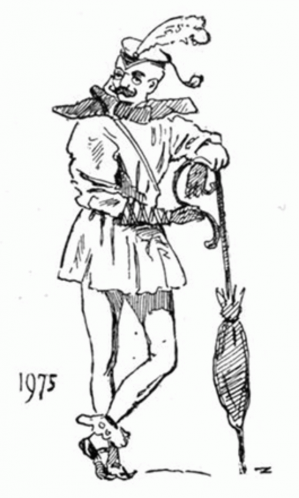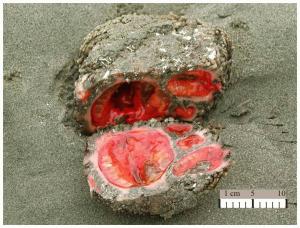 We all long to know what the future will bring, whether we’re thinking about tomorrow, next month, or one hundred years from now. (Okay, perhaps we typically concern ourselves the least with the far-future.) The longer the timescale, of course, the trickier things are to predict — and this is especially so for matters of aesthetics.
We all long to know what the future will bring, whether we’re thinking about tomorrow, next month, or one hundred years from now. (Okay, perhaps we typically concern ourselves the least with the far-future.) The longer the timescale, of course, the trickier things are to predict — and this is especially so for matters of aesthetics.
Case in point: check out these wacky fashion sketches from 1893. These pictures come from an article entitled “Future Dictates of Fashion,” penned by one W. Cade Gall and published in The Strand. Gall had a vision, certainly, but of what world, I’m not sure.
The Public Domain Review writes:
The designs themselves have a somewhat unaccountable leaning toward the medieval, or as John Ptak astutely notes, “a weird alien/Buck Rogers/Dr. Seuss/Wizard of Oz quality” to them. If indeed this was a genuine attempt by the author Gall to imagine what the future of fashion might look like, it’s fascinating to see how far off the mark he was, proving yet again how difficult it is to predict future aesthetics. It is also fascinating to see how Gall envisaged the progression of fashions across the decades – considering that, from our perspective now, his vision of 1970 doesn’t much look much different to 1920 – and to see which aspects of his present he wasn’t even able to consider losing to the march of time (e.g. the long length of women’s skirts and the seemingly ubiquitous frill).
Mr. W. Cade Gall seems to have had a strange fixation on umbrellas, tobacco pipes, and pointy shoes.
You can check out the rest of the drawings here.





